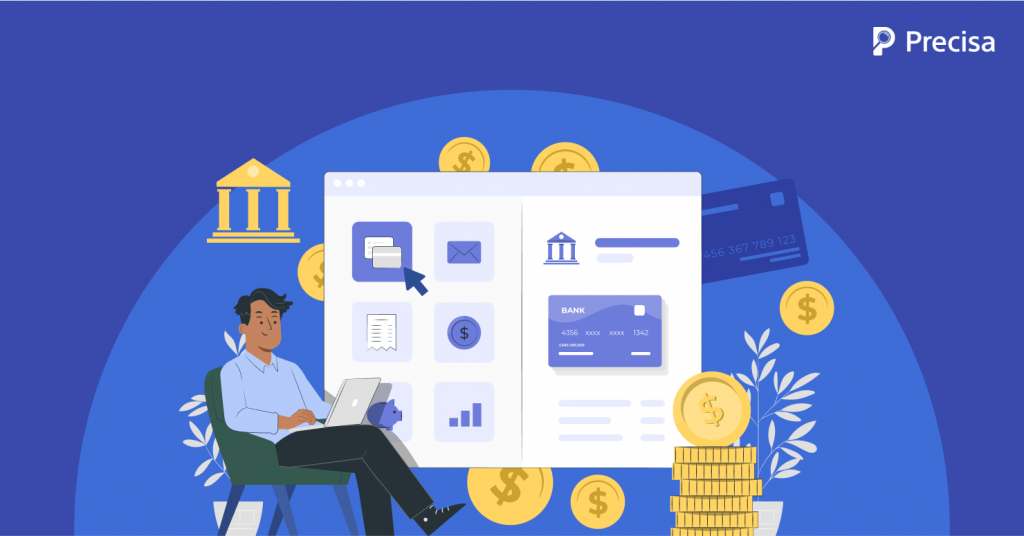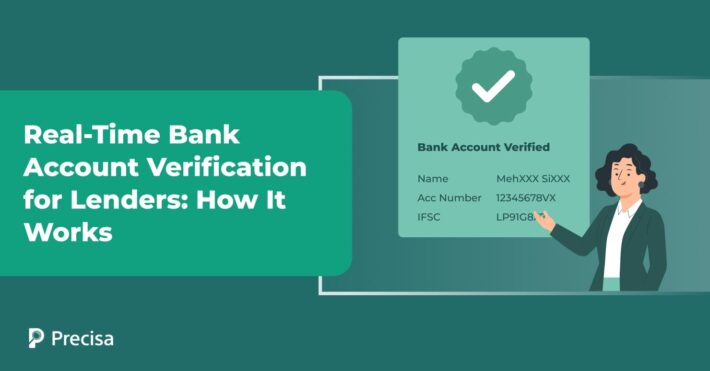How Bank Statement Analysis Enhances Credit Scoring Models

Credit scoring models are the backbone of the lending ecosystem, enabling lenders, including financial institutions, to evaluate the risk involved while approving loans for every applicant.
Traditionally, statistical and linear programming models, often considered the gold standard of credit scoring, were extensively used by lenders worldwide.
However, we can see the tides changing as sophisticated credit-scoring models driven by technology and cutting-edge tools such as bank statement analysers make inroads into today’s lending landscape.
At present, lending models rely on a mix of conventional data points, including financial statements, credit scores and alternate data sources, to make better and more accurate lending decisions.
This article examines what lenders can do to improve their existing credit scoring models by leveraging comprehensive bank statement insights during the process.
What is a Bank Statement Analysis?
Bank statement analysis, as the name suggests, is a thorough or microscopic analysis of a borrower’s bank statements to determine their creditworthiness.
As digitalisation continues to gain acceptance in the Indian financial ecosystem, lenders cannot solely rely on traditional credit scoring models, reinforcing the need for bank statement analysis to make informed credit decisions.
So, what insights does a bank statement analysis offer, and how can lenders use them to improve their credit scoring models? Let’s find out.
Credit Scoring Models: Key Insights Derived from Bank Statement Analysis Lenders Can Use
Here are some key data points a bank statement analysis uncovers, offering a 360-degree view of a borrower’s key financial parameters.
Creditworthiness
A bank statement analysis’s primary objective is to help lenders evaluate a borrower’s creditworthiness – a key metric that showcases a borrower’s ability to repay the loan.
The analysis reveals payment and savings patterns and also highlights red flags and other discrepancies to minimise the risk of non-payment or delayed payments.
Fraud Diagnosis
It is imperative for lenders to detect the key signs of fraud and other economic offences to minimise risk and prevent financial damage.
A bank statement analysis enables lenders to spot these signs, including large and suspicious transactions, withdrawals from local or international ATMs at odd hours, and inconsistencies in account balances.
Today, AI-driven bank statement analysers are playing a key role in empowering lenders to track, analyse, and detect fraud and fast-track fraud diagnoses that conventionally relied on manual tools.
Increasing Loan Approvals and Minimising Default Rates
Modern bank statement analysis uses technologically advanced tools to provide in-depth and accurate insights into borrowers’ income and spending patterns.
The infusion of machine learning (ML) and AI has not only improved the accuracy of credit underwriting but also increased the speed or productivity of loan officers, allowing them to handle a higher number of loan applications than before.
This way, lenders can increase loan approvals and minimise the turnaround time, providing a seamless borrower experience.
Transaction Categorisation
A bank statement analyser categorises all expenses in the statements into different categories, including recurring bills, groceries, dining, travel, and more.
While these insights allow borrowers to monitor their spending habits, transaction categorisation allows lenders to evaluate the borrower’s financial discipline and repayment capacity.
It is also a good way to identify risks and assess a borrower’s creditworthiness, enabling lenders to provide structured and tailored lending products.
Challenges with Traditional Credit Scoring Models
Traditionally, lenders largely depended on manual tools, including Excel, to analyse bank statements and determine a borrower’s repayment capacity – a dated credit scoring approach that is time-consuming and ridden with errors.
Here, we examine some common challenges associated with traditional credit scoring models.
1. Time-consuming
Today, borrowers are increasingly seeking swift loan experiences and aren’t willing to wait for lengthy periods to access credit.
Conventional credit-scoring models that rely on manual and semi-automated statement analysis are losing steam as sophisticated credit-scoring models powered by real-time data analysis are garnering popularity.
2. Limited Source of Data
One of the biggest limitations of conventional credit scoring models is that they primarily consider only a single source of information: a borrower’s credit history.
A bank statement analysis, coupled with the new alternative data sources, including online shopping patterns, digital wallet transactions, and bill payments, are replacing linear credit scoring with the dynamic and data-driven credit scoring.
3. Financial Inclusivity
Another gripe associated with traditional credit scoring models is that they do not encourage financial inclusion or cater to the credit needs of underbanked borrowers with limited or no credit history.
With the useful insights drawn from bank statements, lenders can extend credit to a significantly larger population, including students, the informal workforce, and the underbanked population.
Parting Notes
It is clear that as borrower requirements change, lenders cannot be complacent.
At present, lenders that are introducing reformative steps, including replacing dated credit scoring processes with holistic and dynamic credit scoring models, are on the front foot and have a competitive edge over lenders that continue to rely on traditional scoring techniques.
Precisa’s advanced bank statement analyser is designed to help lenders improve their productivity levels and minimise processing time. Lenders can seamlessly extract important insights from bank statements and spot discrepancies, paving the way for informed lending decisions.
Book a demo today!




